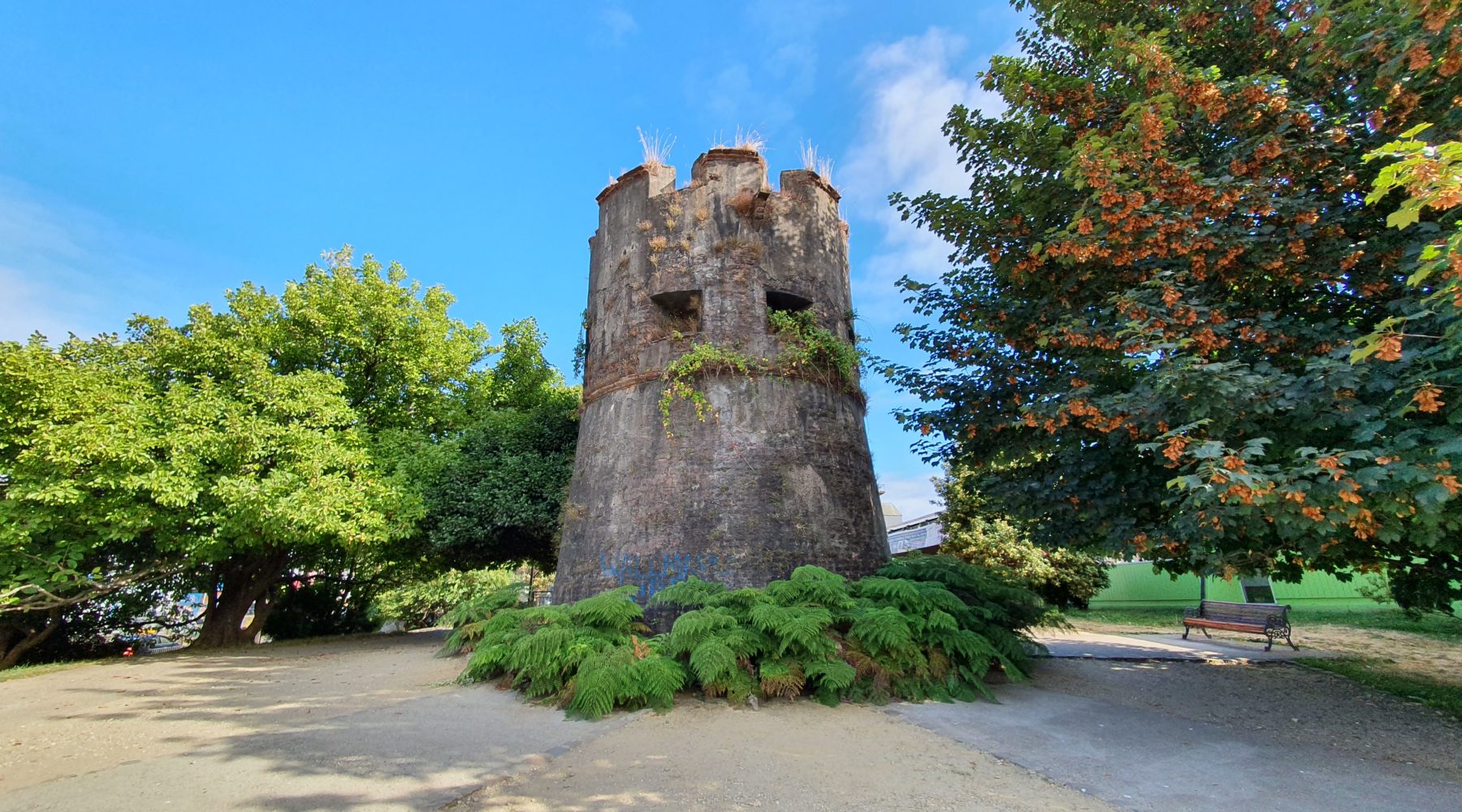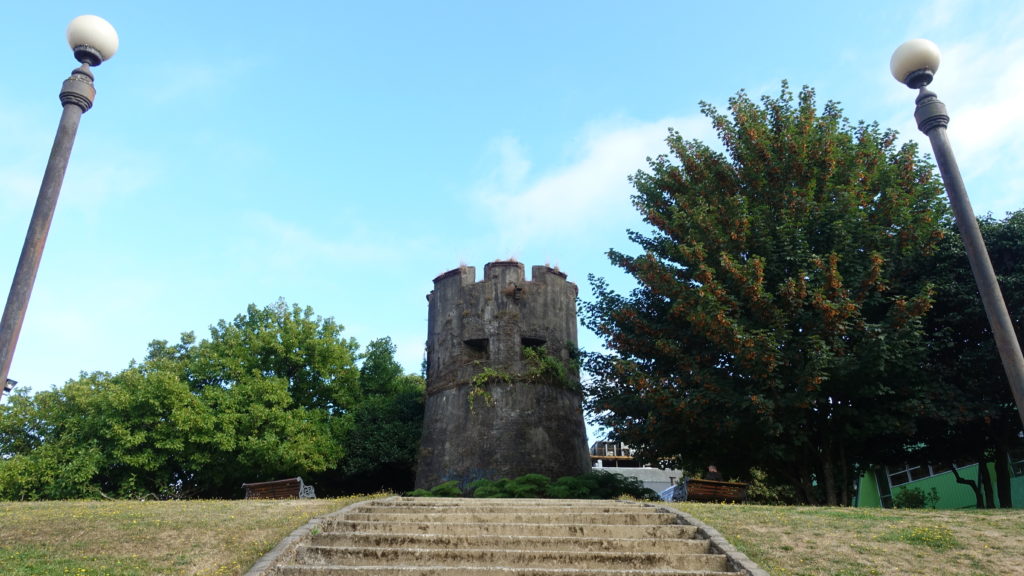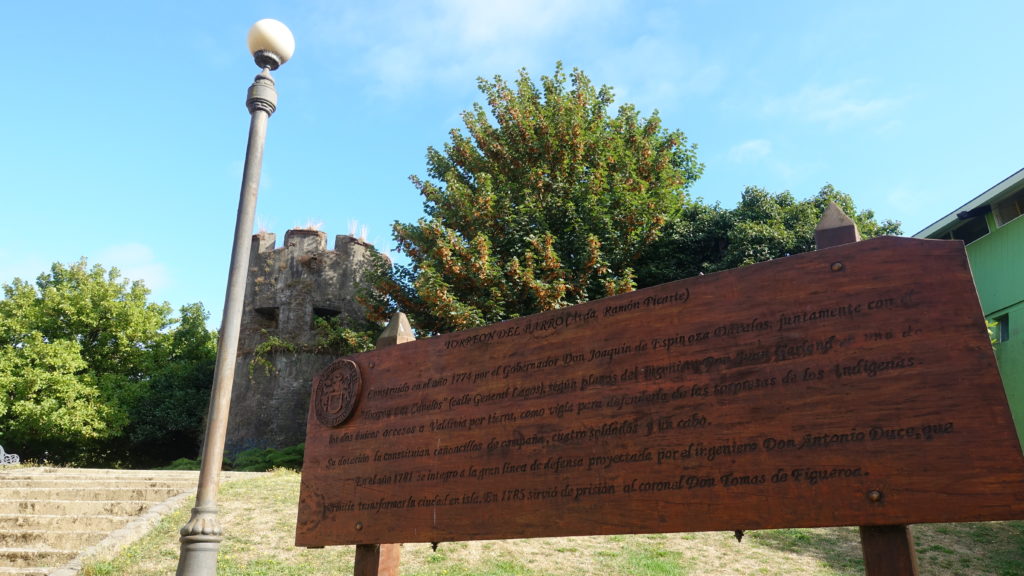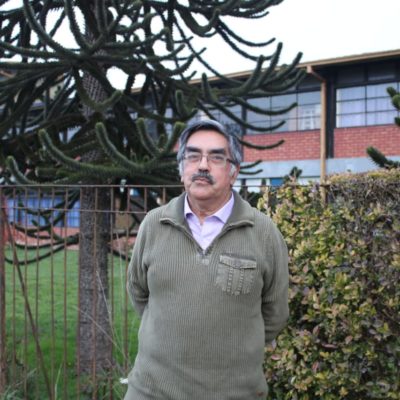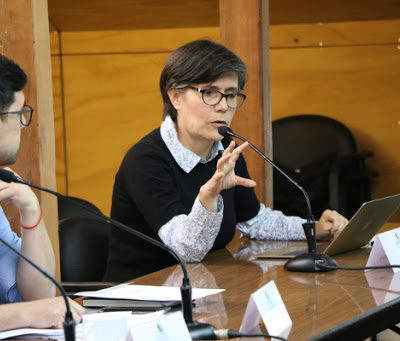Walking through the streets of Valdivia is to encounter very often with its rich patrimonial history that has been present for several centuries. Two representative avenues of this are Ramón Picarte and General Lagos, separated by barely 1.7 kilometers of distance, both keep patrimonial treasures that date back to the second half of the XVIII century and that jump at plain sight: the Torreón del Barro and the Torreón Los Canelos respectively; historical monuments that once served as surveillance and defense points for the Spaniards in the face of possible indigenous attacks. The genesis of its construction was thanks to the action of a military engineer trained in Barcelona by the name of Juan Garland y White, an Irishman in the service of the Spanish Crown, who even became Governor of Valdivia. According to Ricardo Molina, Professor of History, Geography and Civic Education at the UACh and Master in History at the Pontificia Universidad Católica de Valparaíso, “the plans of these buildings exist in Santiago, in the National Archive, and I also found them in the General Archive of the Indies in Seville and Simancas in Valladolid. Its design is of Atalaya type, fortifications of Arab origin from North Africa, therefore, this model replicated in Valdivia, is a legacy of the presence of that culture that for 7 centuries dominated Spain before its definitive expulsion in 1492. In fact, in the northern part of Morocco, closer to the Strait of Gibraltar, there is a very old line of defense of this type, which can also be found in the Middle East as ancient heritage, architectural and archaeological expressions”.
CHARACTERISTICS
Both constructions were built strategically by the Spaniards, for example, in the case of Los Canelos Tower, it was used to observe the entrance to Valdivia coming from the sea, while the Barro Tower protected the north, where attacks could come by land or river towards the city. External stairways were used to enter and its use also extended to storage as a warehouse and granary. Some historians even indicate that it was used as a dungeon during some periods.
Regarding the labor force, Ricardo Molina notes that “although there is no certainty, it is very likely that exiles were employed in Valdivia, that is, people who came from different latitudes of the Kingdom of Chile, specifically from Concepción to the north, and who had committed a crime. This constituted a free work that the Spanish State had in this area and that allowed several things: the construction of the Castles of Niebla and Corral, their maintenance and the opening of routes like the royal road that united Valdivia with Chiloé”.
The material used for their construction was baked and reinforced mud; a strong and durable mixture built on solid and firm ground. It should not be forgotten that both towers withstood the ravages of the 1960 earthquake. Gradually, over time, they have been reinforced to avoid the deterioration of the local climate.
At present, both buildings, which once served as watchtowers, are part of the historical heritage of Valdivia, where even, on several occasions, their silhouettes have been used as a logo or symbol for promotional purposes. “It is a good time to value our past based on vestiges such as these. One can agree or disagree with what the Spanish Conquest was, but history was written that way and these towers are part of a treasure that belongs to all of us,” concludes Molina.
